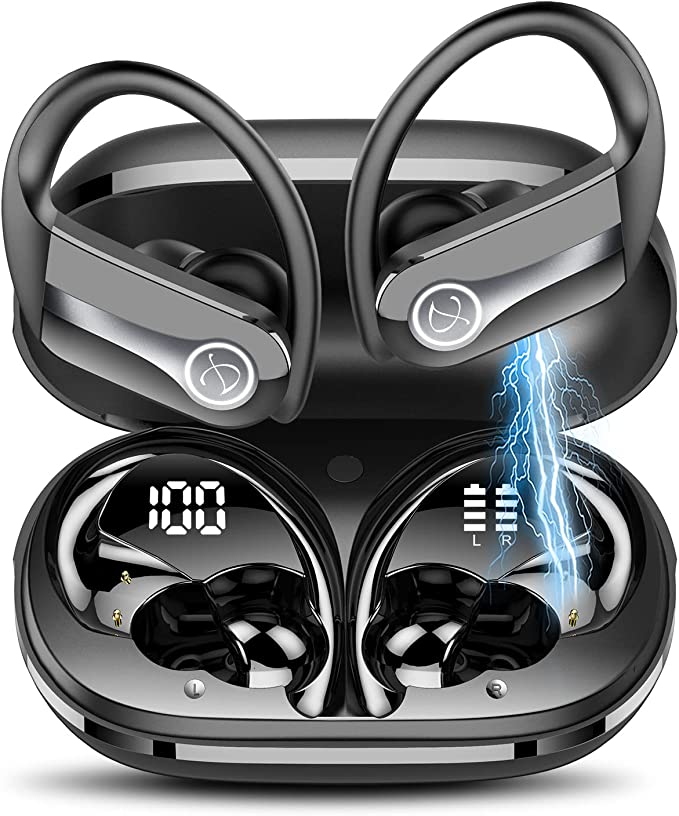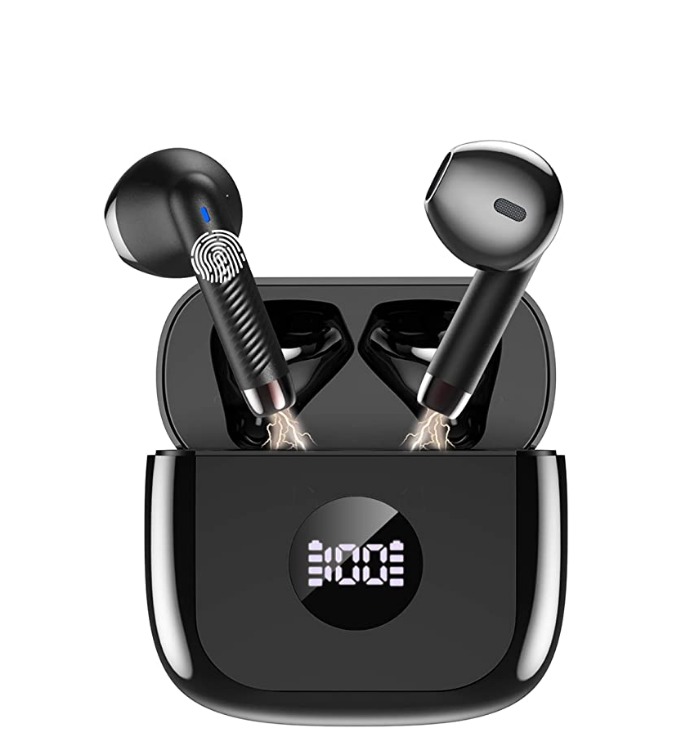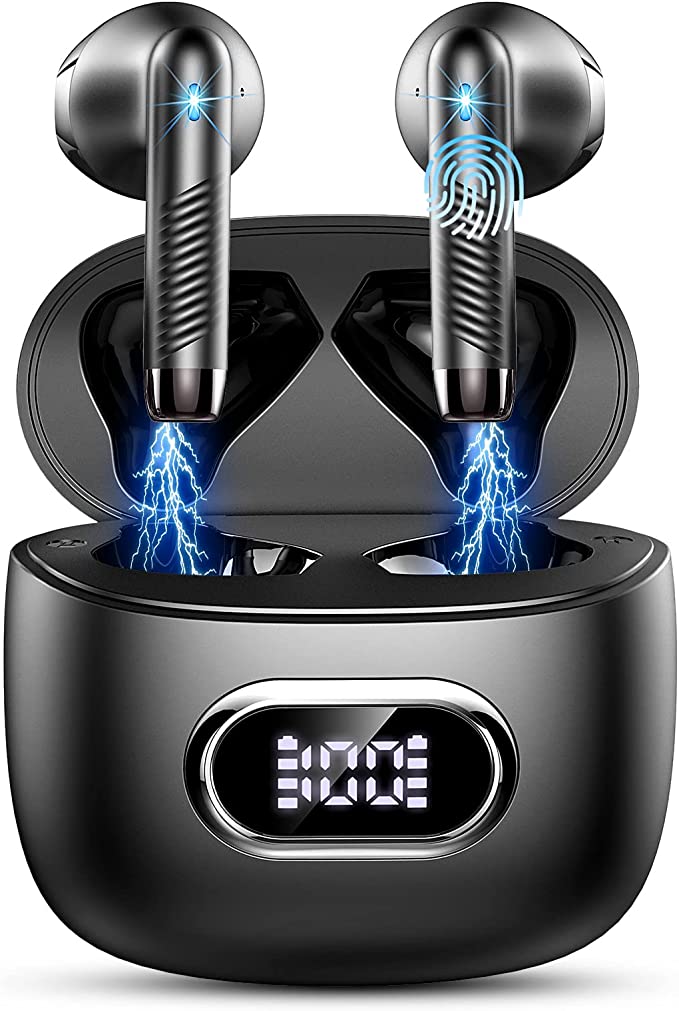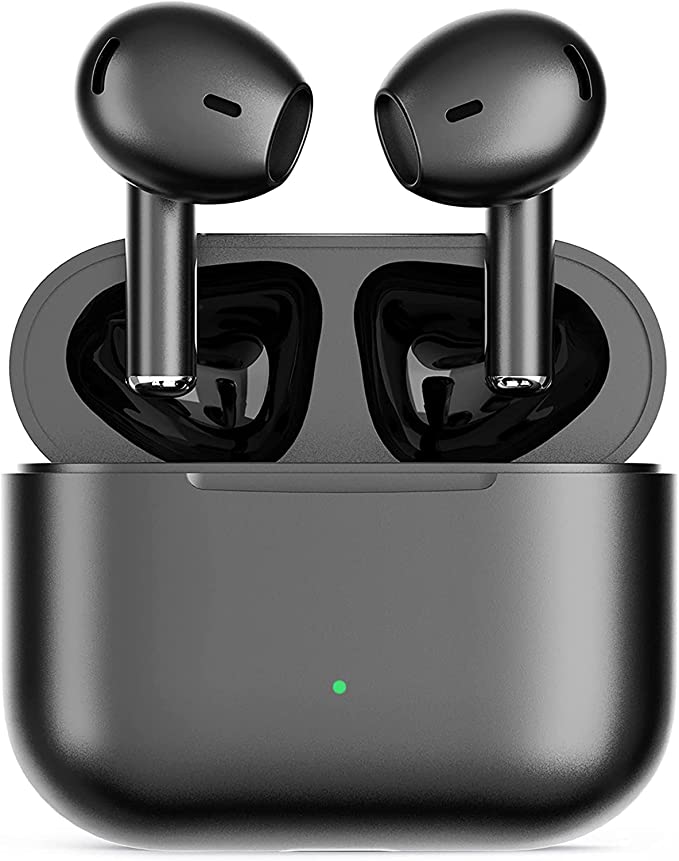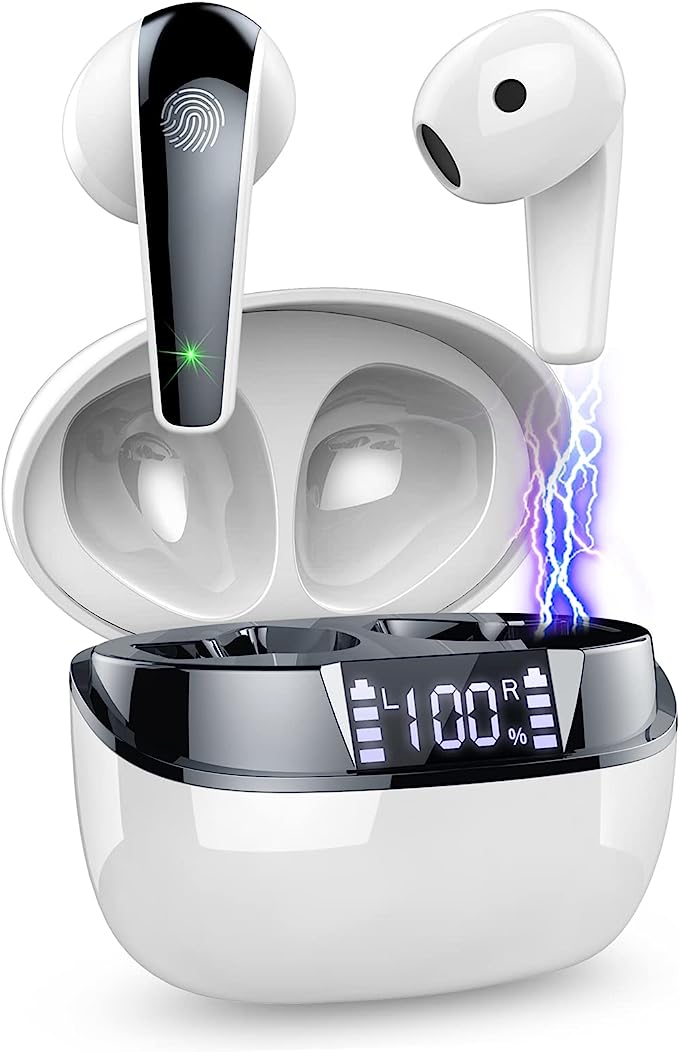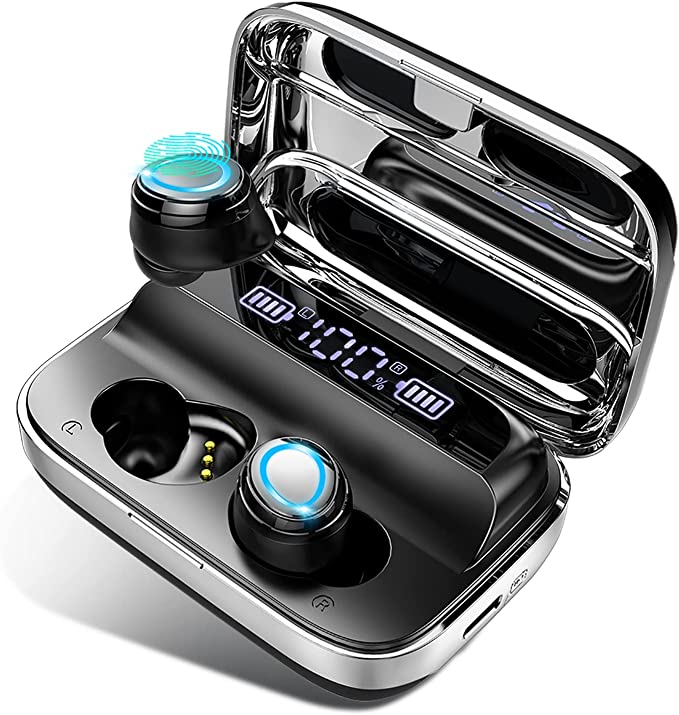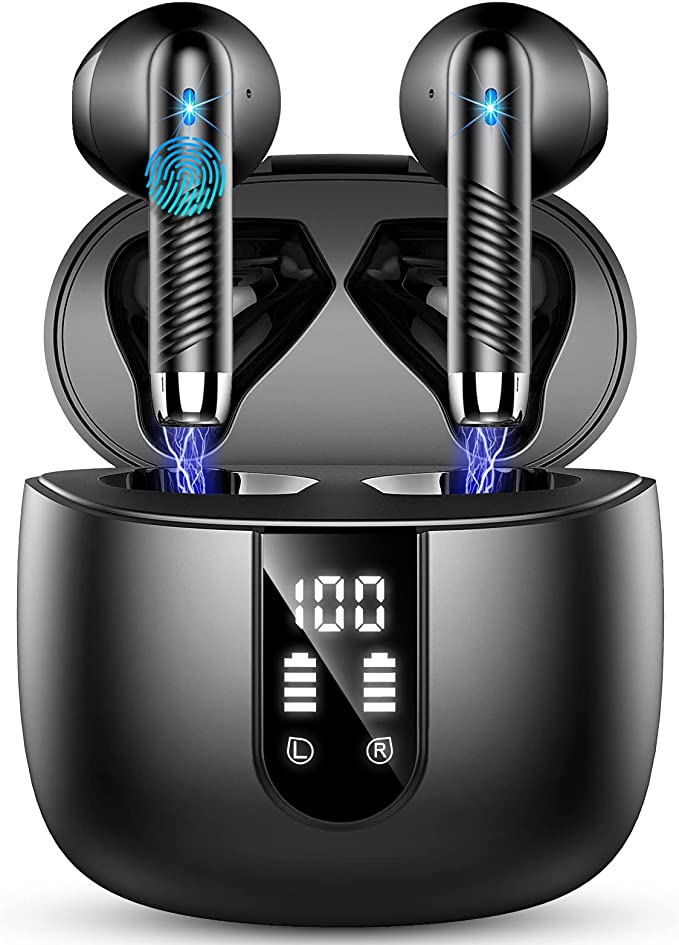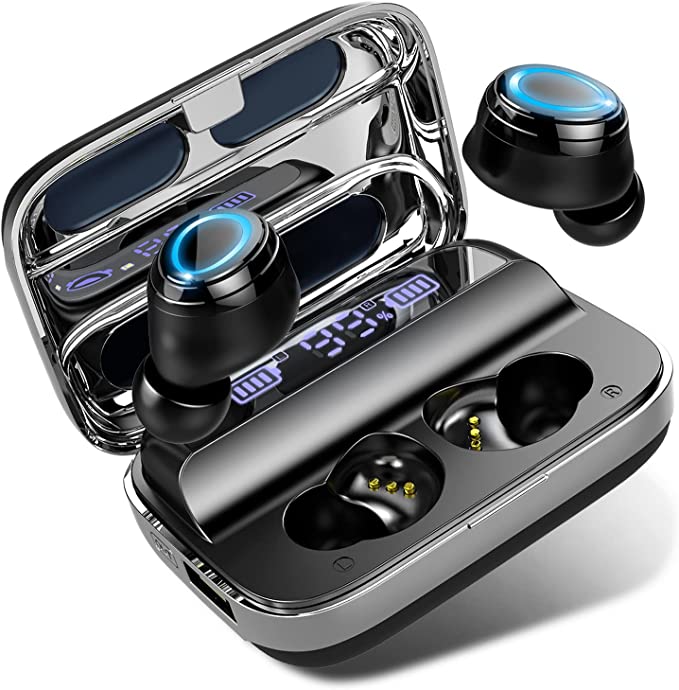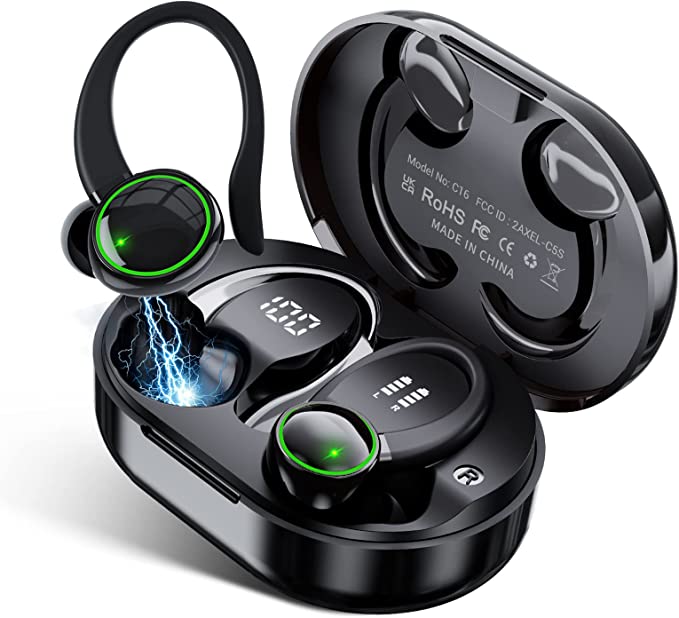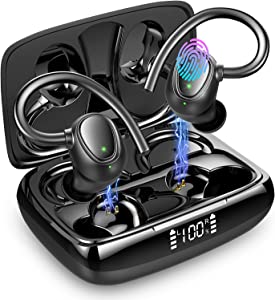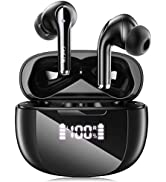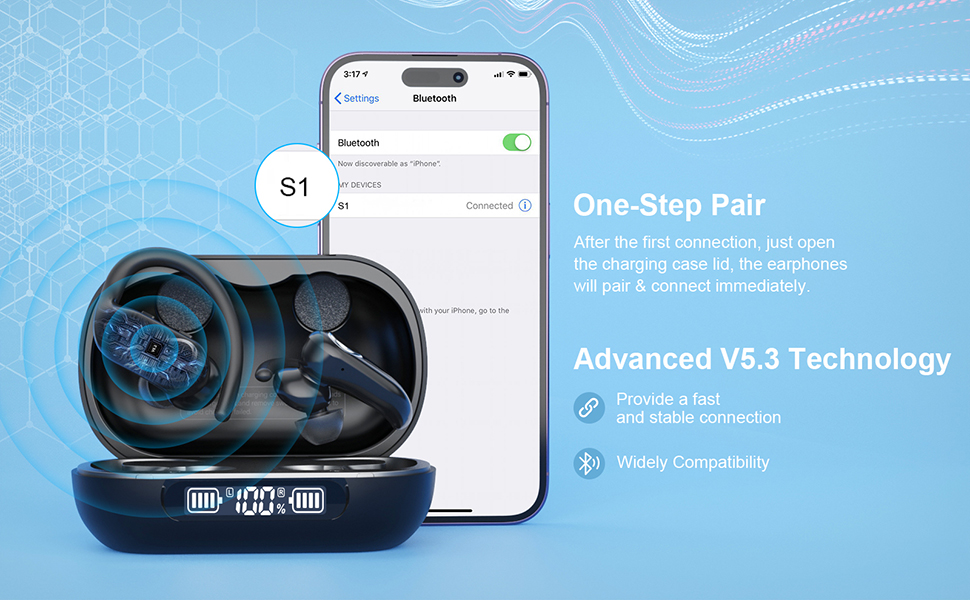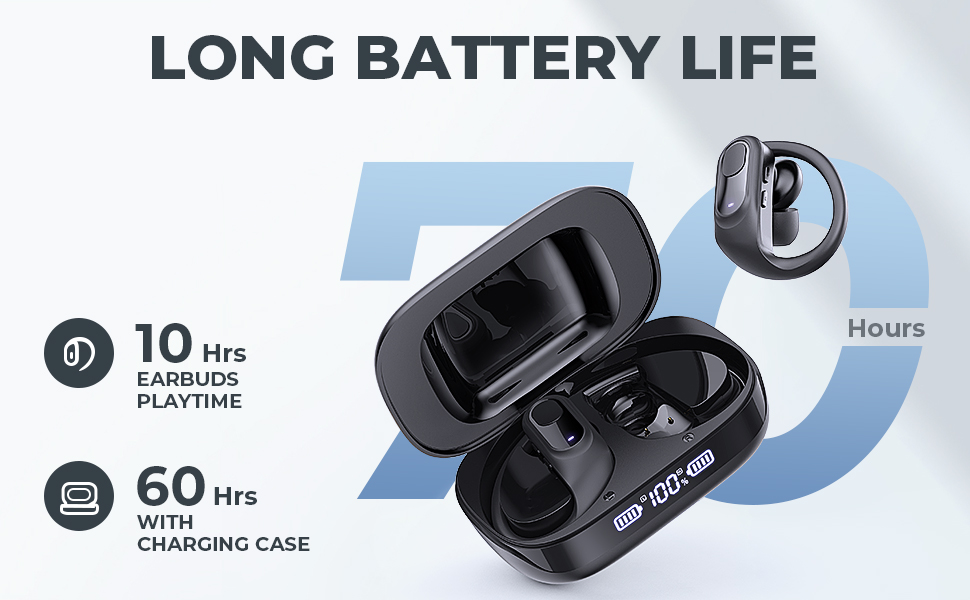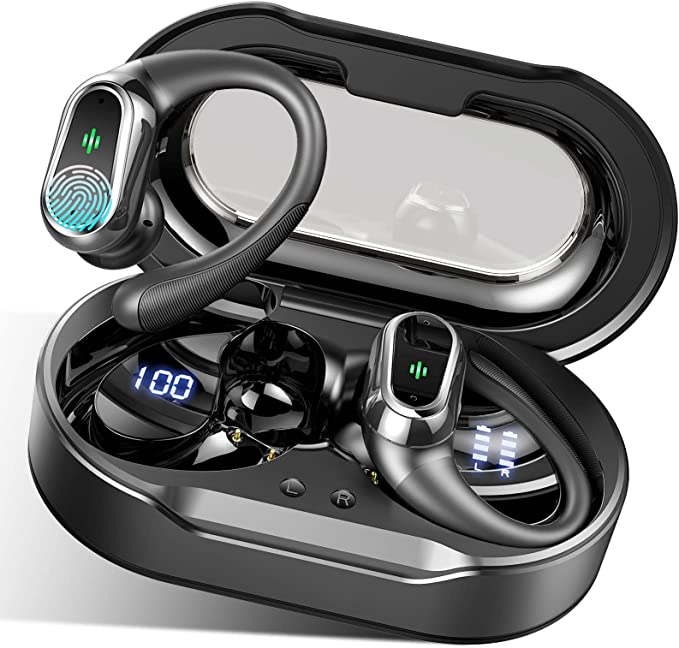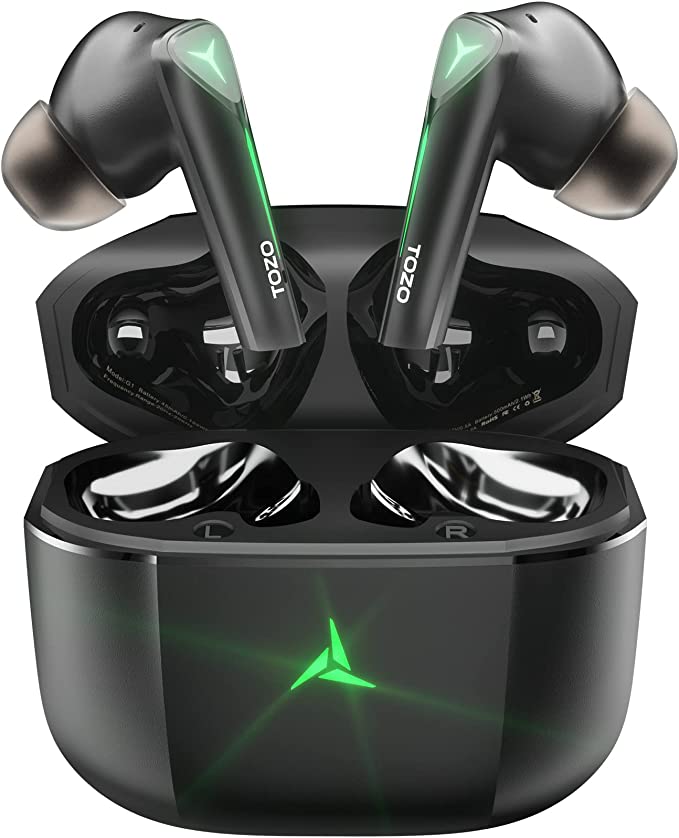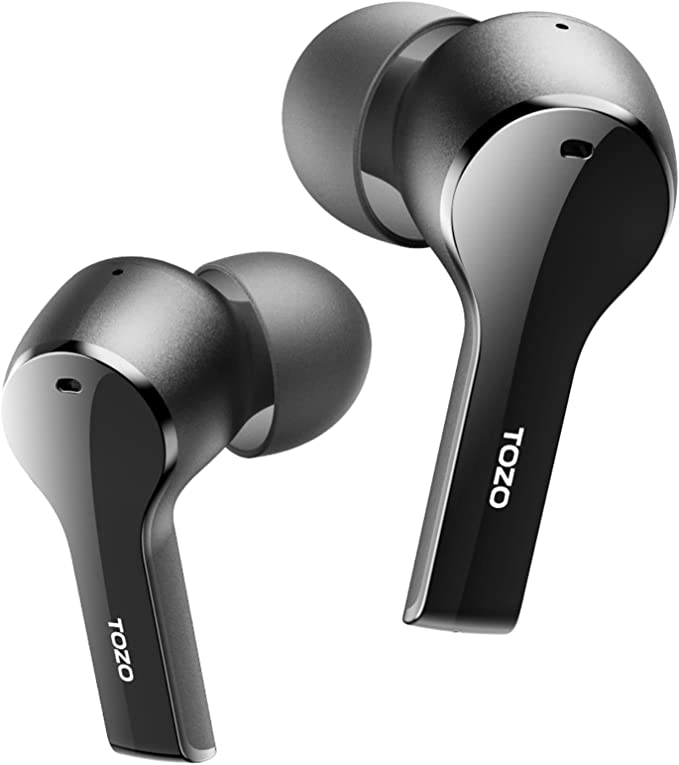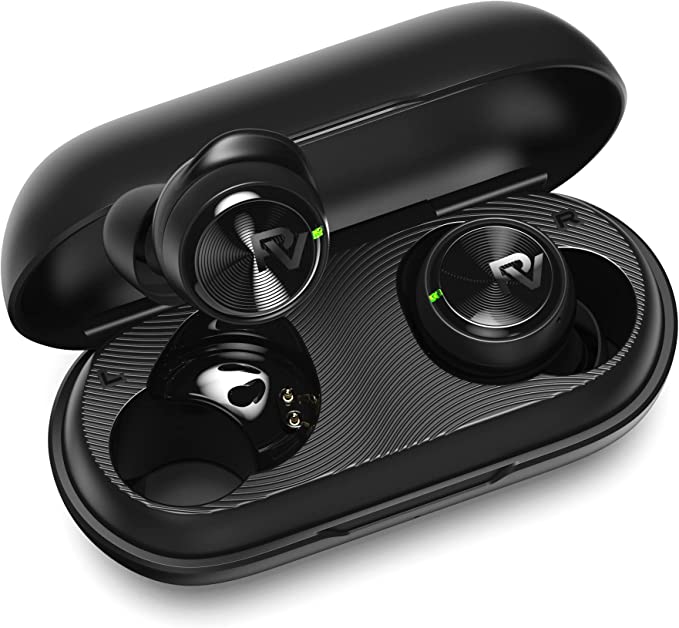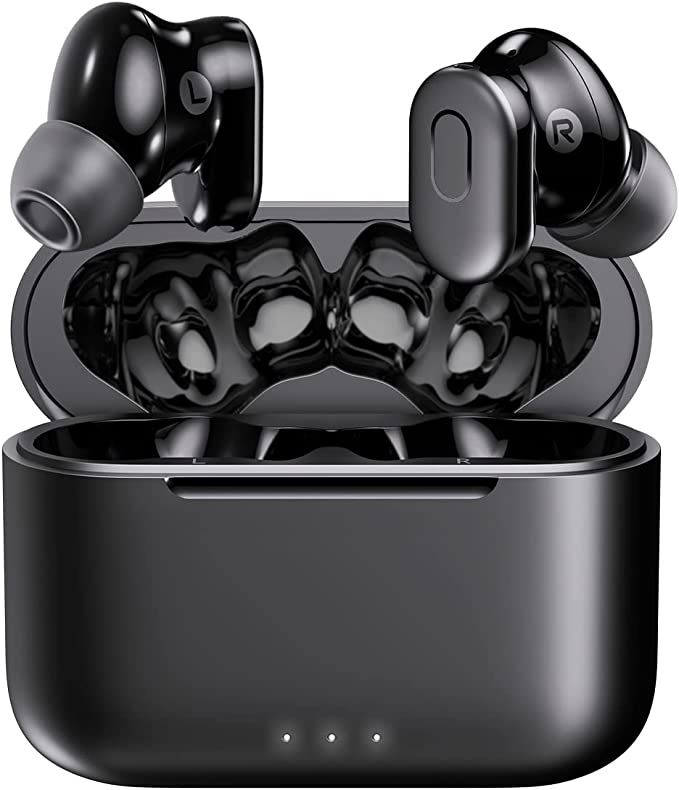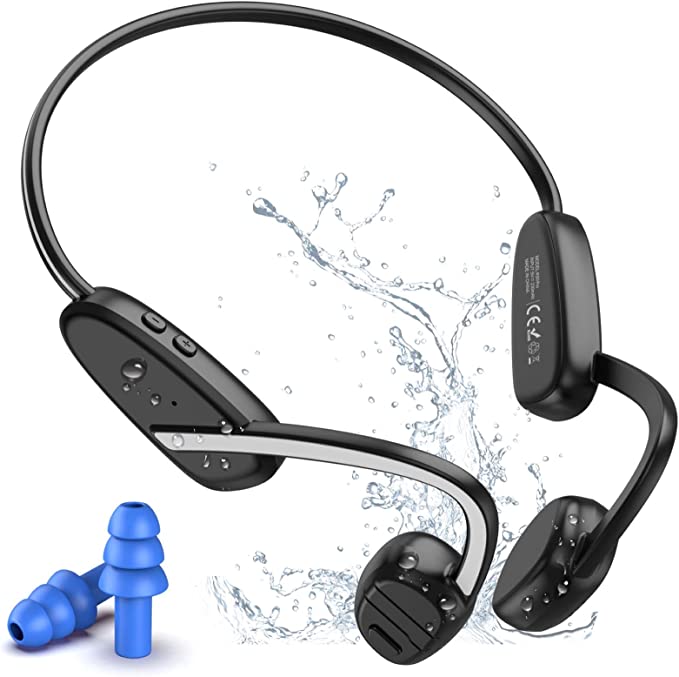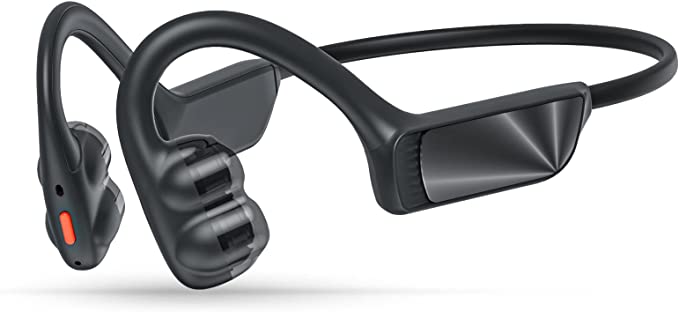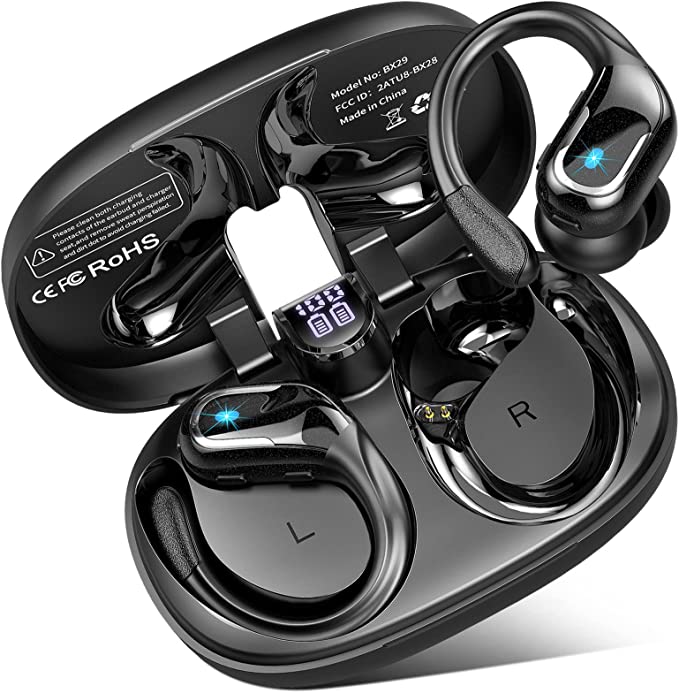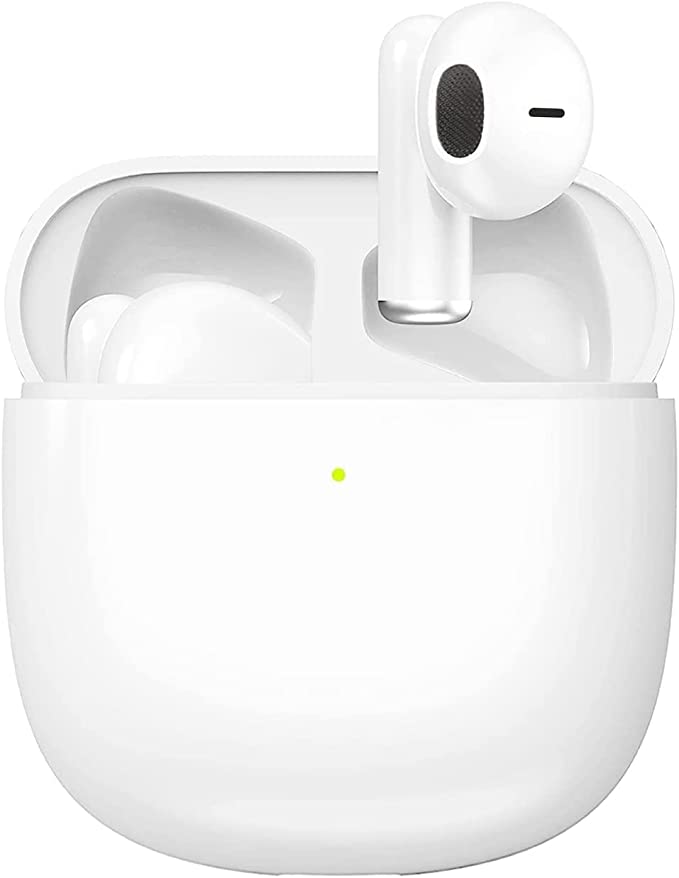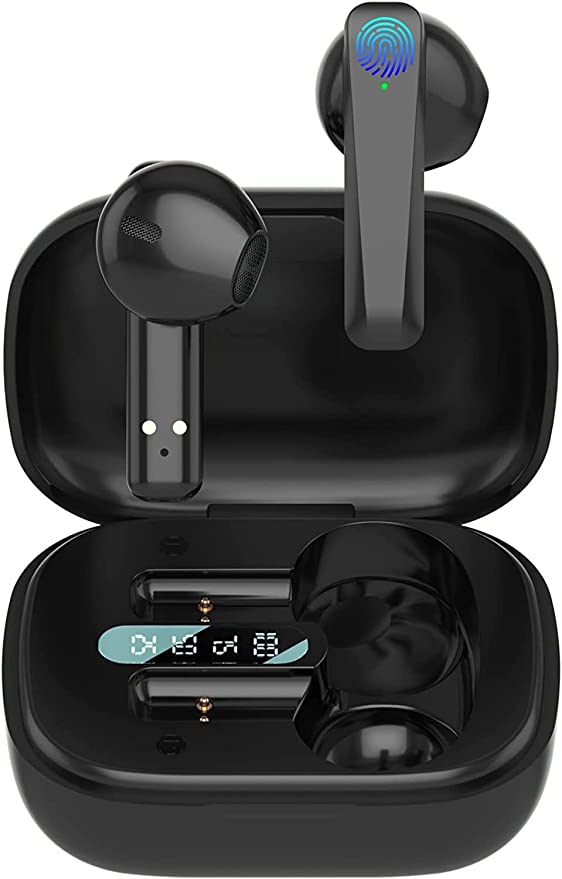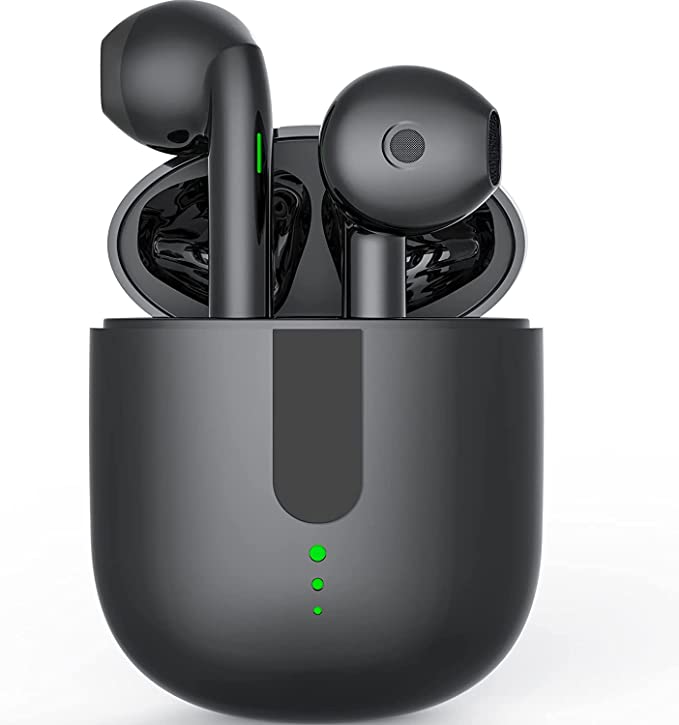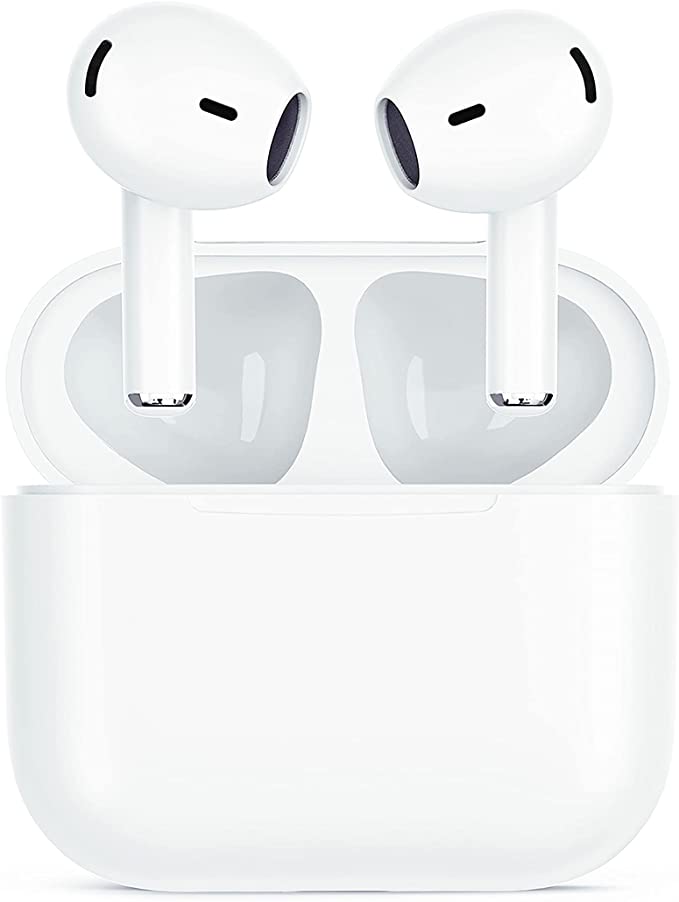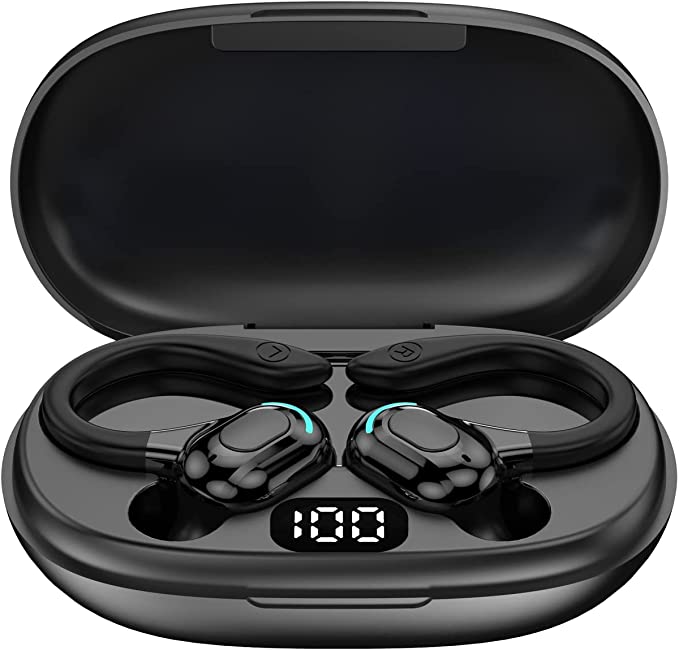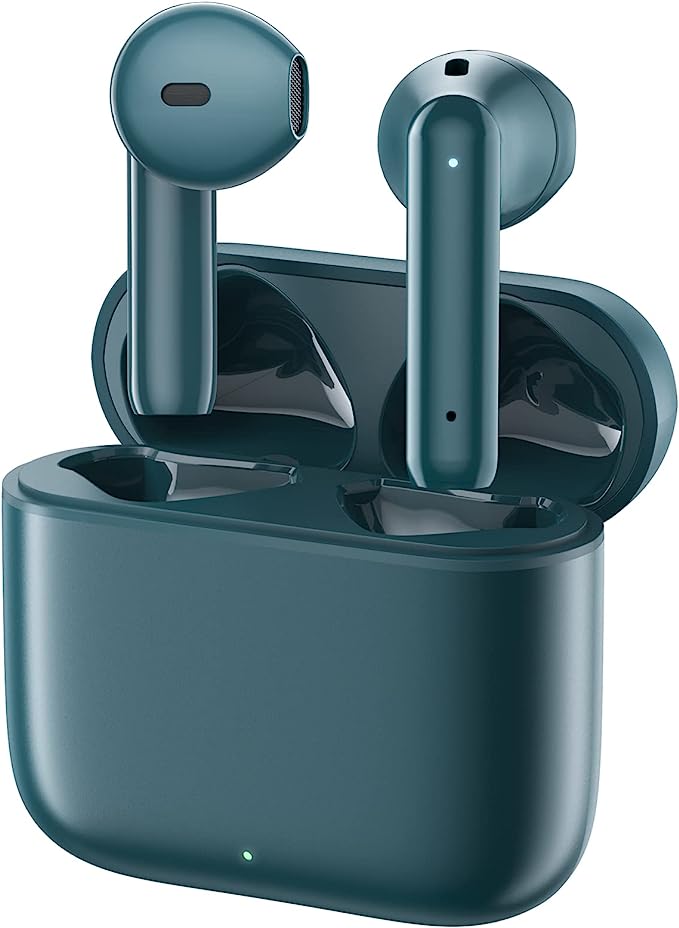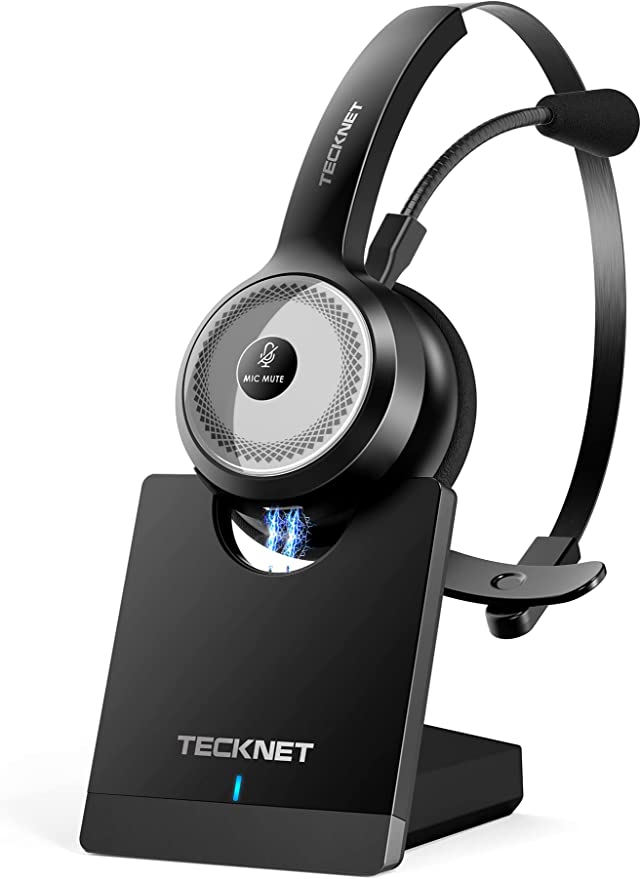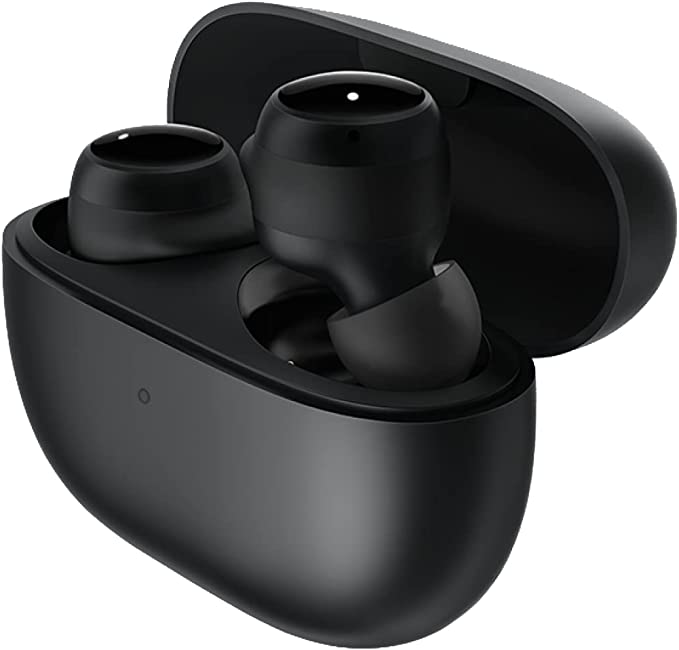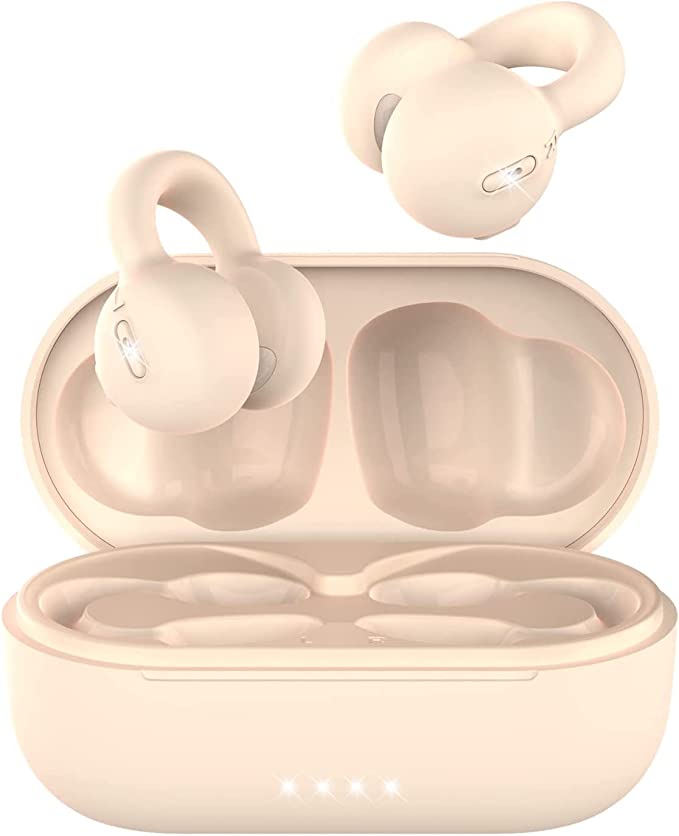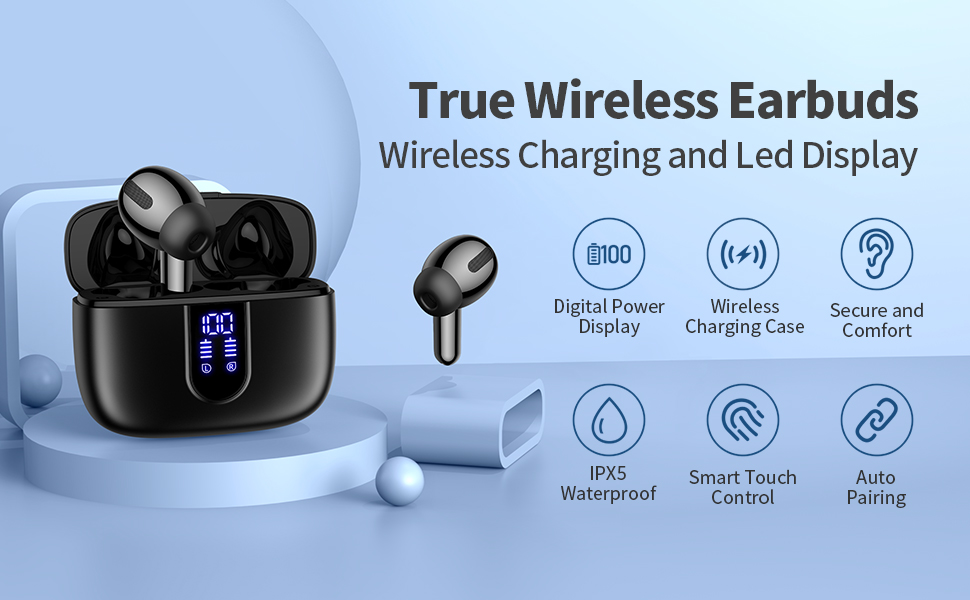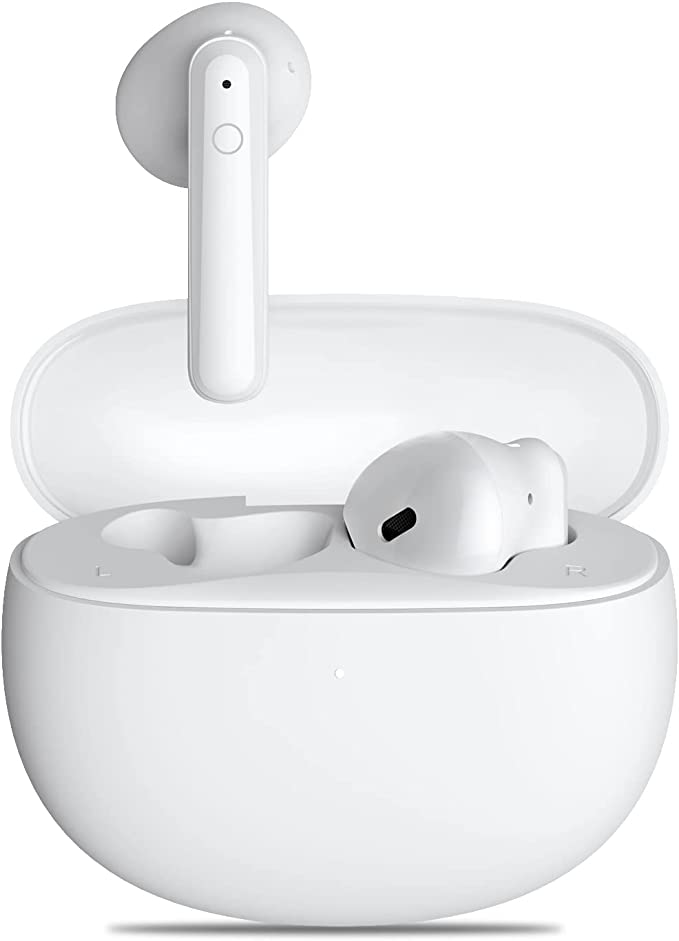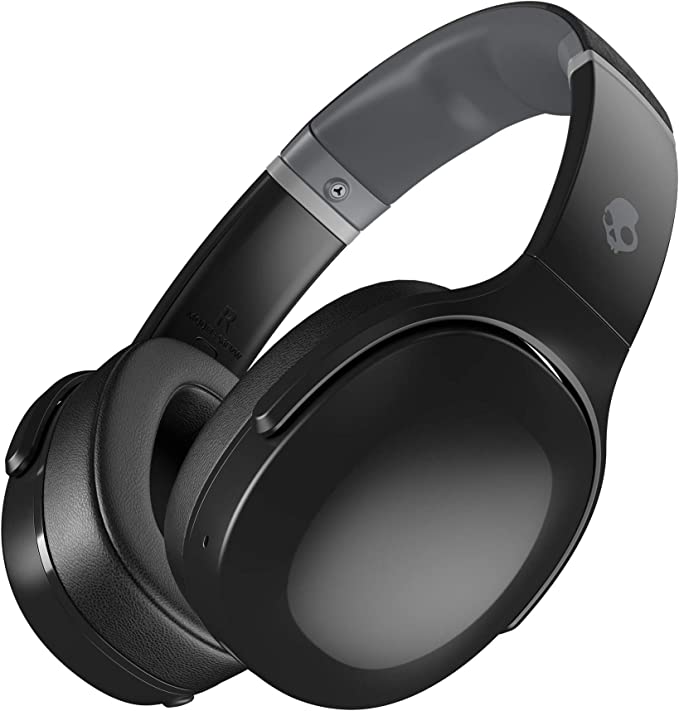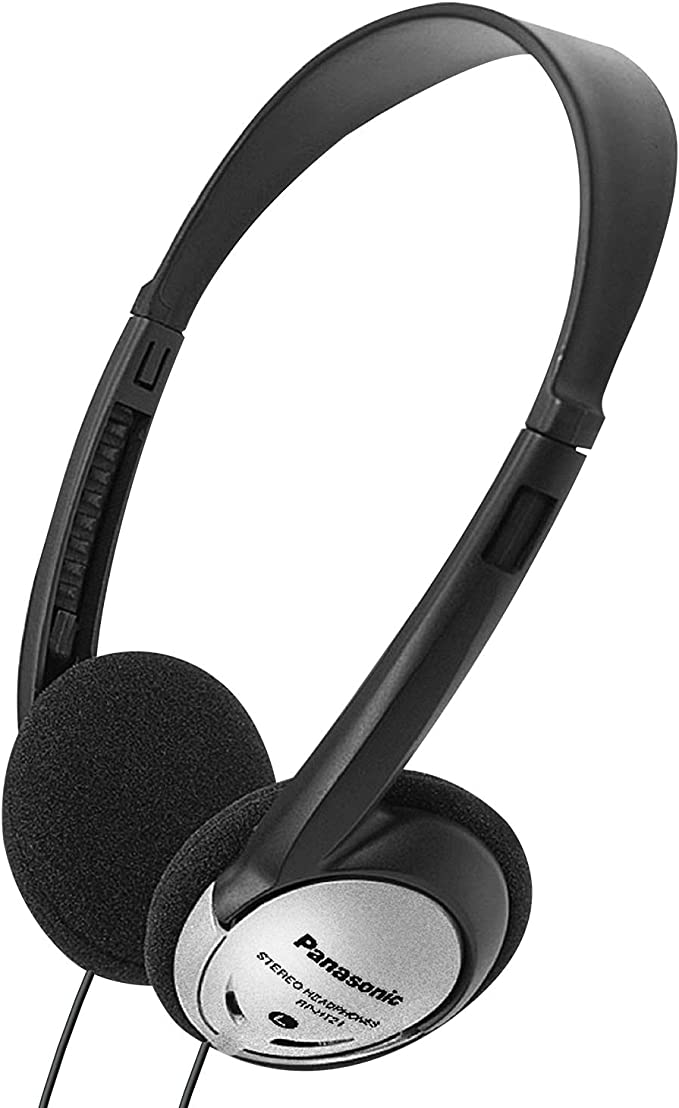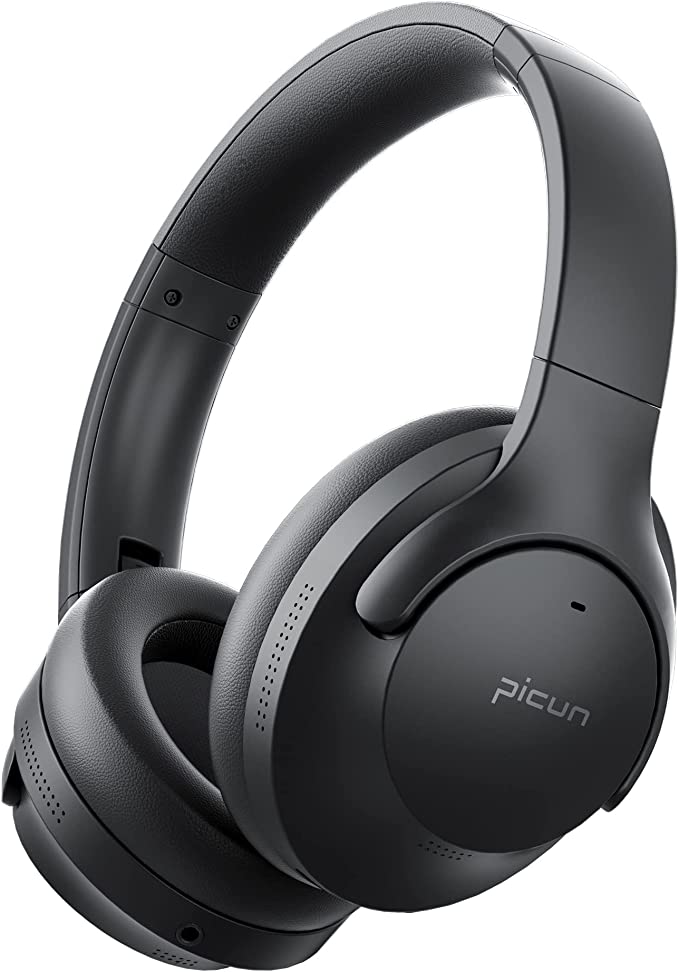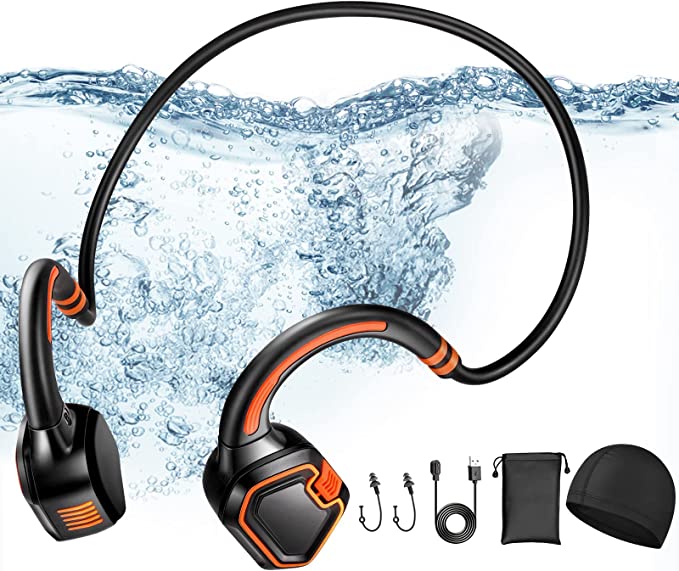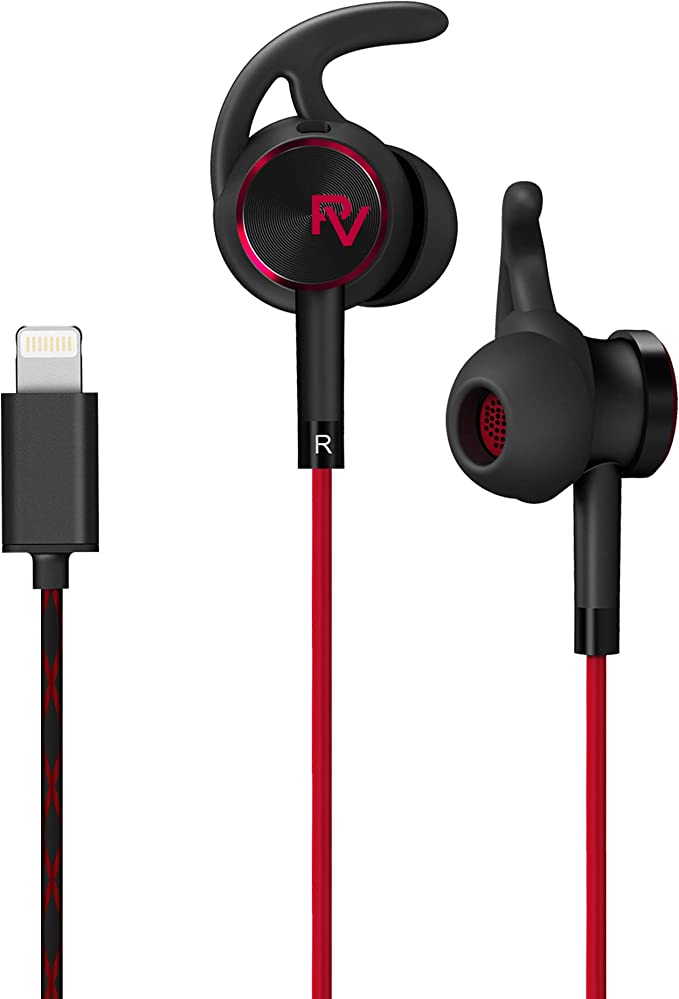The Missing Manual: How to Pair, Reset, and Master Your WUYI Q61 Wireless Earbuds
Update on Oct. 30, 2025, 9:39 a.m.
You just unboxed your new WUYI Q61 wireless earbuds. You’ve seen the promising features: Bluetooth 5.3, sporty earhooks, and a marathon-like 48-hour battery claim. You charge the case, the LED lights up, and you pop the buds in your ears… now what?
If you’re here, you’ve likely discovered that the tiny, folded paper manual inside the box is… less than helpful. You might be struggling to connect, wondering why only one earbud is working, or accidentally hanging up on calls with the sensitive touch controls.
Don’t worry. You’re not alone, and your earbuds aren’t broken.
Welcome to the user manual you should have received. I’m here to be your tech mentor and walk you through every step, from that first frustrating pairing attempt to mastering the finer points of your new gear. This isn’t a review; it’s your first, most important lesson.
Let’s get this done.
Chapter 1: The First Handshake (How to Pair Your Q61 Earbuds)
This is the number one hurdle for almost all new wireless earbud owners. “Pairing” is just the official term for the digital handshake between your earbuds and your phone (or laptop, or tablet).
With True Wireless Stereo (TWS) earbuds like the Q61, there are actually two handshakes:
1. The left and right earbuds connect to each other.
2. The “main” earbud (usually the right one) connects to your phone.
This two-step process is where things often go wrong. Let’s do it the right way, right now.
Your 60-Second Pairing Guide:
- Charge First: Before you do anything, place both earbuds in the charging case and close the lid. Plug the case in for at least 15 minutes. This ensures they both have power and are “reset” to their starting positions. The LED display will show you the charge status of the case itself.
- Trigger Pairing Mode: Open the case lid. Now, take both earbuds out. This is the magic step! The moment you remove them, they turn on and automatically try to pair with each other. You’ll often see a light (usually blue or red) flashing on one or both buds. This means they are in “pairing mode” and are ready to be discovered.
- Go to Your Phone: On your iOS or Android device, go to Settings > Bluetooth.
- Find the Device: Make sure your Bluetooth is “On.” In the list of “Other Devices” or “Available Devices,” you should see a new item appear, most likely named “Q61”.
- Tap to Connect: Tap on “Q61.” You may get a pop-up asking to confirm the pairing request. Accept it.
That’s it! You should hear a confirmation sound in your earbuds (“Connected”) and see the status on your phone change to “Connected.” Your music will now play through the earbuds.

Chapter 2: The “Single Earbud” Problem (How to Reset Your Earbuds)
This is, by far, the most common frustration. You take your earbuds out, and music only plays from the left (or right) one. You try putting them back in the case, but it keeps happening.
What’s Happening (The Simple Explanation):
Remember that two-step handshake? This problem means the first step failed. The earbuds didn’t connect to each other before one of them connected to your phone. Your phone is now paired to only one bud, and the other one is left out, confused.
We need to force them to forget everything and start over. This is the “Factory Reset.”
How to Factory Reset Your WUYI Q61 (and similar earbuds):
- Clear the Old Handshake: On your phone, go to Settings > Bluetooth. Find “Q61” in your list of connected devices. Tap the “i” or gear icon next to it and select “Forget This Device” or “Unpair.” This is critical.
- Power Down: Place both earbuds back into the charging case and close the lid. This turns them off.
- Perform the Reset: This step can vary slightly, but the most common method for Q61-style buds is this:
- Open the case. Take both earbuds out.
- Quickly tap both earbud touch sensors five (5) times simultaneously. (Some models require a long press for 10 seconds).
- You will usually see the LED lights flash to confirm the reset.
- Put Them to Sleep: Place them back in the case and close the lid. Wait 10 seconds.
- Re-Pair: Now, start over from Chapter 1, Step 2. Take both buds out. They will now pair to each other first, and then you can connect them to your phone as a single, unified “Q61” device.
This process fixes 99% of “single-bud” or “won’t connect” issues.
Chapter 3: Mastering the “Ghost Taps” (A Guide to Touch Controls)
Your Q61 earbuds don’t have physical buttons. They use “capacitive touch” sensors, just like your phone’s screen.
How it Works (The “Mentor’s” Explanation):
The sensor is always waiting to detect a change in its electrical field. Your body is a natural conductor of electricity. When your fingertip (or a stray, sweaty strand of hair, or a falling raindrop) touches the surface, it changes that field, and the earbud registers it as a “tap.”
This is why they can feel “too sensitive,” as one user, Louise Munday, noted. The trick is to be deliberate. Here is the common command map for these earbuds.
Your Q61 Command Cheat Sheet:
- Play / Pause: Single tap on either earbud.
- Answer / End Call: Single tap on either earbud.
- Reject Call: Long press (about 2 seconds) on either earbud.
- Next Song: Double tap on the right earbud.
- Previous Song: Double tap on the left earbud.
- Volume Up: Long press on the right earbud. (Hold your finger on it).
- Volume Down: Long press on the left earbud. (Hold your finger on it).
- Activate Voice Assistant (Siri/Google): Triple tap on either earbud.
Troubleshooting Note: Some users, like Unique1, reported volume “always going back to max.” This can sometimes happen if the earbud’s internal volume and the phone’s volume become “un-synced.” The best fix is to use the long-press (Volume Down) on the left earbud to lower the earbud’s master volume, then use your phone’s volume rocker for fine-tuning.

Chapter 4: The Tech That Powers Your Experience (Now You Know)
Now that your earbuds are working perfectly, let’s quickly cover why they work so well. The original article focused heavily on these, but they make more sense now that you’re an expert user.
A. The “Invisible Leash” (Bluetooth 5.3)
You see “Bluetooth 5.3” on the box. What does it mean? Think of it as a smarter, more efficient delivery system.
- Better Stamina: It uses less power to send the same amount of information. This is a huge part of how a tiny earbud can last 7 hours on a single charge. It’s not just a bigger battery; it’s a smarter one.
- Better Stability: It’s much better at navigating “crowded” airwaves (like in a gym or office full of Wi-Fi and other Bluetooth devices). It intelligently “hops” between frequencies to avoid interference, meaning fewer dropouts for you.
- Lower Latency: It reduces that tiny, annoying delay between seeing someone’s lips move in a video and hearing what they say.

B. The Workout Armor (IP7 Waterproofing & Earhooks)
These two features are designed for one purpose: to make you forget you’re wearing them during activity.
- The Earhooks: This is simple, brilliant ergonomics. As user Mark J noted, this design is fantastic. Instead of relying on pressure inside your ear canal, the soft silicone hook distributes the (already minimal) 3-gram weight over the top of your ear. This means they stay secure during a sprint or workout without causing soreness.
- The IP7 Rating: This is an official engineering standard. “IP” means “Ingress Protection.” The ‘7’ means the earbuds are protected against temporary submersion in water (up to 1 meter for 30 minutes).
- What it really means for you: Don’t take them swimming. The pressure and pool chemicals can still cause damage.
- What it does mean: You can sweat all over them. You can get caught in a downpour. You can even rinse them off under a gentle tap (don’t blast them!). It’s peace of mind.

C. The Sound Secret (13.4mm Graphene Drivers)
Finally, why do these sound so surprisingly good for their price? The answer is “graphene.”
Let’s simplify. Inside each earbud is a tiny speaker, called a “driver.” The part of the driver that moves to create sound is the “diaphragm.”
- A normal diaphragm is made of a plastic-like material. It’s a bit flimsy, like a piece of paper. When it tries to move fast (for high-hat cymbals) or hard (for deep bass), it can bend and warp, creating distortion or “muddy” sound.
- A graphene diaphragm is coated with a one-atom-thick layer of carbon. Graphene is incredibly light but also 200 times stronger than steel.
Because it’s so light and so stiff, it can vibrate with incredible speed and precision. This is why users like R.K. report “unbelievable sound… clear and crisp.” The graphene allows you to hear the snap of the snare drum and the rumble of the bass, without them blurring together.
Some users (like Mike Hines) find the bass “sometimes too much.” This is a common tuning choice for sport earbuds—that “deep bass” helps drive a workout. The good news is, a graphene driver produces tight bass, not just boomy, vague noise.

Your Graduation: You’re Now the Expert
Congratulations. You just completed the course that should have come in the box.
You’re no longer a frustrated user; you’re now a master of your tech. You know how to pair, how to perform a factory reset, how to control them with a tap, and even why they’re built the way they are—from their sweat-proof shield to their super-strong graphene drivers.
The WUYI Q61, like many modern earbuds, is a fantastic piece of technology packed into a tiny, affordable package. The only thing missing was the manual. Now, you have it.
Enjoy the freedom.


